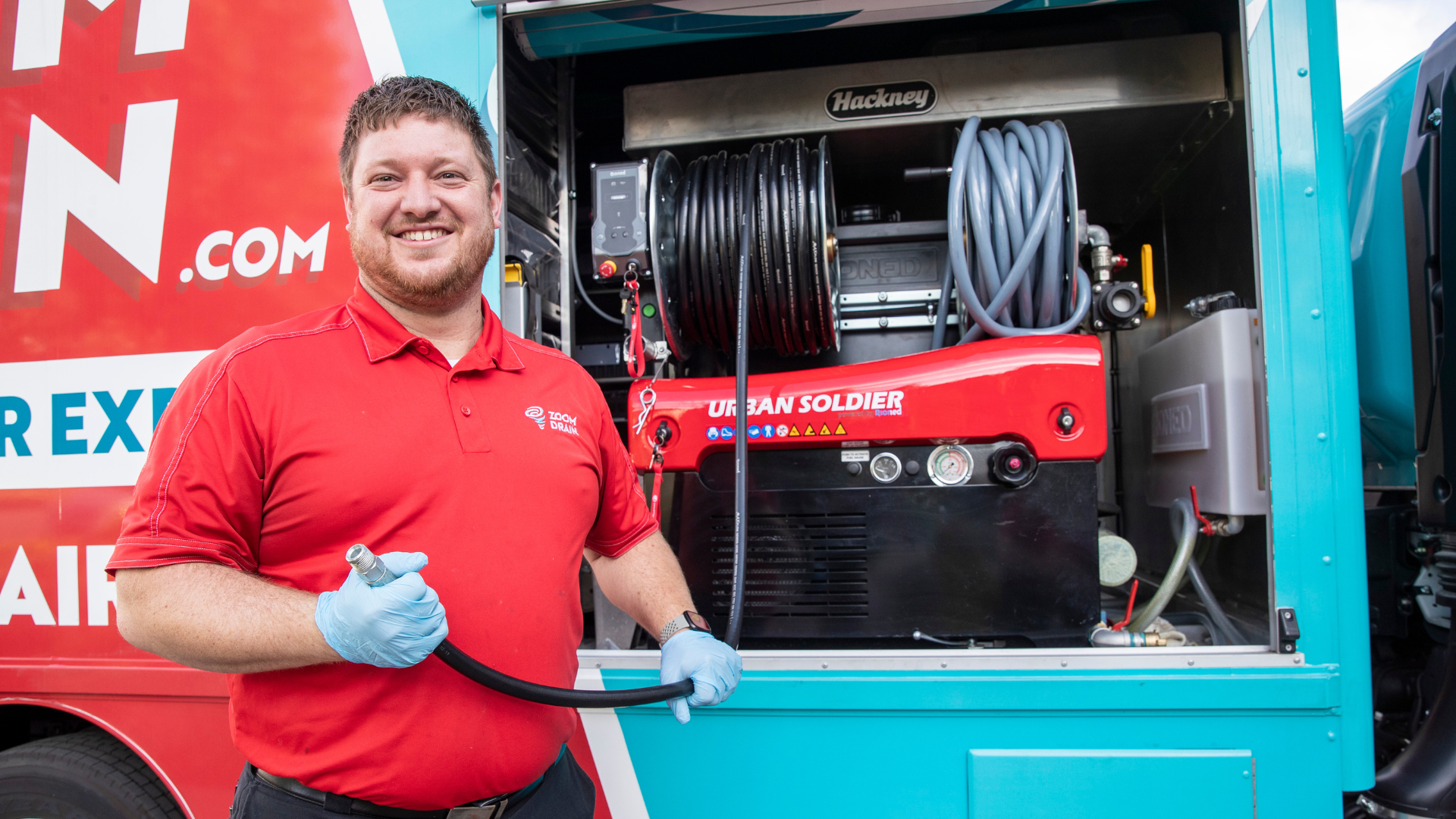Understanding how drains and sewers function is crucial for maintaining a smooth and efficient system in both residential and commercial properties. This guide will provide you with a basic overview of how these systems work, common issues, and some maintenance tips to help you avoid costly repairs.
The Basics of Drain and Sewer Systems
1. Drainage System Overview
The drainage system in any building is designed to remove wastewater from sinks, showers, toilets, and other fixtures. This system relies on gravity to carry the wastewater through a series of pipes until it reaches the main sewer line or a septic system. Sewer lines transport the sewage to a treatment facility, while septic systems treat and dispose of the wastewater on-site.
2. Components of Drain and Sewer Systems
- Drain Pipes: These are smaller pipes that connect individual fixtures (like sinks and toilets) to the larger sewer or septic pipes.
- Sewer Pipes: Larger pipes that carry wastewater from the building’s drain pipes to the municipal sewer system or a septic tank.
- Septic Tank: In a septic system, the tank holds wastewater where solids settle at the bottom, forming sludge, and lighter materials float to the top, forming scum. The liquid effluent then flows out to the drain field.
- Vent Pipes: These pipes allow air to enter the drainage system, which helps wastewater flow smoothly and prevents sewer gases from entering the building.
- Traps: U-shaped pipes located beneath sinks and other fixtures that hold a small amount of water to block sewer gases from entering the home or business.
How Drains and Sewers Work
1. Wastewater Flow
When you use a fixture, the wastewater flows through the drain pipes and into the sewer pipes or septic tank. Gravity helps to guide the flow of water downward, moving it through the building’s system and into the municipal sewer line or septic system. In a septic system, the effluent from the tank flows into a drain field where it is filtered through the soil.
2. Venting System
Vent pipes play a critical role in maintaining proper drainage. They allow air to enter the system, which balances the pressure and enables the smooth flow of wastewater. Without adequate venting, drains can become slow and noisy.
Common Issues and Solutions
1. Blockages
Blockages are one of the most common issues in drain and sewer systems. They can occur due to a buildup of grease, hair, soap scum, or foreign objects. In commercial settings, blockages often result from improper disposal of waste materials.
- Signs of a Blockage: Slow draining water, gurgling noises from drains, and water backup.
- Dangers: Blockages can lead to overflows and water damage, creating an unhygienic environment and potential health hazards.
- Solutions: Use a plunger or a drain snake to clear minor clogs. For severe blockages, professional drain cleaning services like power snaking or water jetting may be necessary.
2. Sewer Line Issues
Sewer line problems can be more serious and costly. These issues may include tree root intrusion, pipe corrosion, or shifting soil that causes pipes to break or collapse.
- Signs of Sewer Line Problems: Frequent drain clogs, foul odors, wet spots in the yard, and sewage backups.
- Dangers: Sewer line issues can cause significant property damage and health hazards due to sewage exposure.
- Solutions: Regular sewer inspections using crawler cameras can help detect issues early. Techniques like trenchless sewer repair can fix problems without extensive digging.
3. Grease Traps
In commercial kitchens, grease traps are essential for preventing grease from entering the sewer or septic system. Over time, grease traps can become full and need to be cleaned to prevent blockages.
- Dangers: When grease enters the sewer line or septic tank, it can solidify and cause major blockages, leading to overflows and backups. This can result in expensive repairs and potential health code violations.
- Maintenance: Regular cleaning of grease traps is crucial to keep the system functioning properly. This typically involves removing the grease and disposing of it according to local regulations.
Maintenance Tips
1. Regular Inspections
Schedule regular inspections of your drain, sewer, and septic lines. This can help identify potential issues before they become major problems. Using video inspections and electronic leak detection can provide detailed insights into the condition of your pipes.
2. Proper Waste Disposal
Avoid flushing non-degradable items like wipes, sanitary products, and paper towels. In commercial settings, ensure that grease and food waste are disposed of properly to prevent clogs.
3. Preventive Cleaning
Use enzymatic drain cleaners to break down organic matter and keep your drains flowing freely. For this, we highly recommend using our ZoomDrain Bio cleaner, part of our exclusive product suite, to maintain your drains effectively and safely. Avoid harsh chemical cleaners that can damage your pipes. For septic systems, be mindful of using products that are septic-safe to avoid killing beneficial bacteria that help break down waste.
4. Install Backwater Valves
Installing backwater valves can prevent sewage from backing up into your home or business during heavy rain or sewer system overloads.
5. Septic System Maintenance
- Regular Pumping: Septic tanks should be pumped every 3-5 years to remove sludge and scum, preventing overflow and ensuring the system operates efficiently.
- Water Conservation: Reducing water usage can prevent the septic system from becoming overloaded. Fix leaks, use water-saving fixtures, and spread out laundry loads.
Conclusion
Understanding how your drain, sewer, and septic systems work and performing regular maintenance can save you from unexpected and costly repairs. If you experience persistent issues or need a thorough inspection, it’s best to contact a professional service. At Zoom Drain, we offer comprehensive drain, sewer, and septic services to keep your system running smoothly. Our proprietary service trucks are equipped with the latest technology, including hydro jetters and video inspection systems, ensuring efficient and effective service. We pride ourselves on our 24/7 availability, so you can count on us for routine maintenance and emergency services. Contact us today to schedule an inspection or learn more about our preventive maintenance programs.
By making these adjustments, the blog not only provides valuable information but also effectively promotes Zoom Drain's products and services, highlighting the unique capabilities and advantages we offer.
Get Your Life Flowing Today® with Zoom Drain.





.0000000000000.png)
.0000000000000.png)